Introduction
The ability of modern AI tools like ChatGPT, Midjourney, Dall-E, Jasper, and many others has made AI accessible to the masses. As this trend continues, it becomes increasingly important for individuals to understand its key components. One crucial component is prompts. By providing clear and concise instructions to the AI, prompts help impact its overall accuracy and performance. In this article, I will explore the usage of AI prompts and how they can be used to get better results. Whether you are casually interested in AI or are looking to expand your understanding, this article hopes to provide valuable insight into the power of prompts and how they can be leveraged to drive better results.
Importance of Relevant Prompts
To get the most out of prompts and drive better results from AI, it is essential to follow best practices for preparing them. The first step is to ensure that the prompts are relevant and serve a clear purpose. I have encountered several issues when using various AI tools where what I was asking for seemed direct, but the tool interpreted the request differently. This article will focus on using prompts to improve results and not on advanced features such as interview preparation, coding, or plagiarism detection. If you are interested in more advanced examples I suggest checking out the sites listed at the end of the post.
Starting Simple
Let’s look at how to generate an interesting title for a blog post.

ChatGPT will happily create a quick list of titles, as seen above any of these titles could lead to an interesting article on AI. While most of these titles could work for a blog article, maybe they don’t match the tone of your blog.
By providing a bit more information about the article, I was able to achieve results that were not as generic as those produced by the first prompt.

For this prompt I defined that it was a blog article about AI, the tone it was written in, and then asked for titles matching the tone. The resulting titles, while still generic, now reflect a tone that makes them feel less machine written and are more likely to generate interest from a larger audience.
Writing with ChatGPT
A tip I picked up and want to share with you is from neuroflash, a company which focuses on using AI for marketing copy. When writing prompts for AI it is important to be concise, specific, clear, and to express your prompt in simple and understandable language (Schmid, 2022). This helps the AI create better answers. The initial prompt was simple, but not specific. The second prompt was simple, specific, clear, and concise. The difference between the output is evident.
Using the following article title, “Artificial Intelligence Decoded: A Fun and Informative Guide” lets generate a couple opening paragraphs to further illustrate the importance of being clear and writing prompts in a simple manner.

For clarity, I broke each into its own line and defined Topic, Audience, Goal, and Style. This allows me to go back and change one of those items while maintaining the rest.

ChatGPT remembers, to a degree, answers it has previously provided. So I was able to prompt it to change the writing style and the output while covering the same topic has a completely different tone. This is an extremely powerful ability that allows writers to quickly change any of the defined items. For a final example I reverted the writing style to educational, descriptive, and entertaining. I then changed the audience, lets take a look at the results.
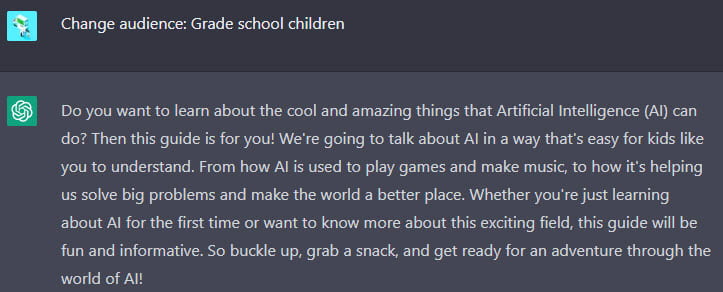
With a few changes in the defined prompt we have created three different opening paragraphs for the same article, all with relative ease.
For tools like ChatGPT, prompting can be a straightforward process as long as you express yourself clearly and have well-defined goals for your output.
Image Prompting with Midjourney
The concepts for prompting AI image sites is similar to prompting for AI text sites. The main difference is that your need to be more concise and for good results it helps to know art terms. For this article I will be using Midjourney, but the ideas and keywords will be similar on other AI image tools. The subject matter we will be exploring is cats. For a baseline the initial prompt will be kittens.
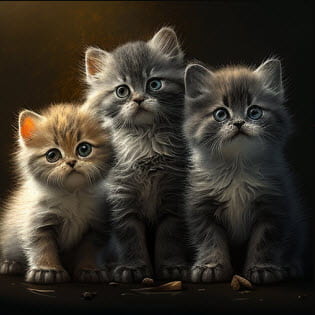
With no additional prompting Midjourney created some basic paintings of kittens. Lets see what we can do using different style information. For image based AI styles can come from a variety of sources from famous artists, to artistic styles, to types of art mediums, and even to popular video games and movies. Basically, if you can imagine it and know how to define it you can create it. Lets take a quick look at some examples.
The images above show how with some basic style guidelines Midjourney can create a wide variety of images. If you aren’t familiar with various art styles and mediums I suggest heading over to Wikipedia, they have an extensive list of resources for art history, art movements, and art media. It should be noted that not all of these styles may be supported by various AI art generators, so some experimentation may be needed.
The following examples show how combining styles, descriptions, and feeling can create some truly interesting and unique imagery. With AI image creation it is possible for anyone with enough time and imagination to create almost anything.
Samurai Kittens
Style: Anime, cute playful, samurai kittens, cinematic, fighting in the streets of a futuristic city, synthwave, energetic
Alien Kittens
photo of an extremely cute alien kittens on an alien habitable planet, dream-like atmosphere, plants, peaceful, serenity, inner peace, awareness, silence, nature, evolution –s 1000 –uplight
Conclusion
Before wrapping things up today I wanted to share a couple sites that give examples of more advanced prompting. Awesome ChatGPT Prompts GitHub repository and the MetaversePost article “100 Best ChatGPT Prompts to Unleash AI’s Potential”. Both of those resources delve deeper into the possibility for prompting, they are focused on ChatGPT, but the concepts are applicable to other AIs as well. For inspiration for AI imagery I recommend these articles, “Best Midjourney Prompts” this site is dedicated to AI imaging and has a massive library of images to look at and gain inspiration from. The getting started guide from Midjourney is also useful for learning more about the prompting for that AI. Finally Medium has some really good articles on AI, the one I found most interesting for imagery was, “An advanced guide to writing prompts for Midjourney (text-to-image)“
I’d like to thank all of you that made it this far, and hope to hear from you and see what you come up with now that you know more about prompting AI.
Bonus Cat Pictures
References
Akin, F. K. (2022). Awesome ChatGPT Prompts. [GitHub Repository]. https://github.com/f/awesome-chatgpt-prompts
Best Midjourney Prompts. (n.d.). Prompt Hero. https://prompthero.com/midjourney-prompts
List of Art Media. (n.d.). Wikipedia. https://en.wikipedia.org/wiki/List_of_art_media
List of Art Movements. (n.d.). Wikipedia. https://en.wikipedia.org/wiki/List_of_art_movements
Nielsen, L. (2022, September 3). An advanced guide to writing prompts for Midjourney (text-to-image). Medium MLearning AI. https://medium.com/mlearning-ai/an-advanced-guide-to-writing-prompts-for-midjourney-text-to-image-aa12a1e33b6
Periods in Western Art History. (n.d.). Wikipedia. https://en.wikipedia.org/wiki/Periods_in_Western_art_history
Prompts. (n.d.). Midjourney. https://docs.midjourney.com/docs/prompts
Schmid, S. (2022, December 8). ChatGPT: How to write the perfect prompts. Neuroflash. https://neuroflash.com/chatgpt-how-to-write-the-perfect-prompts/
Yalalov, D. (2022, December 11). 100 best ChatGPT prompts to unleash AI’s potential. [Blog post]. MPost. https://mpost.io/100-best-chatgpt-prompts-to-unleash-ais-potential/


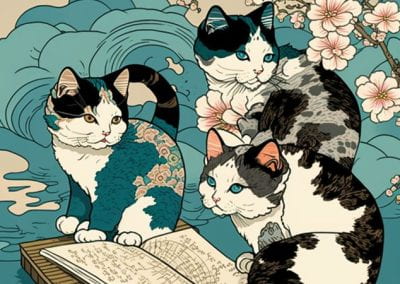

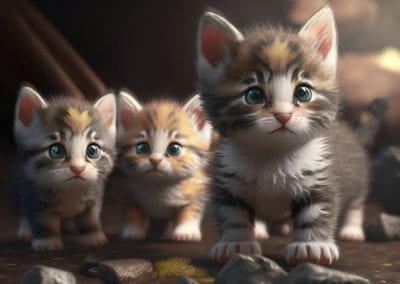
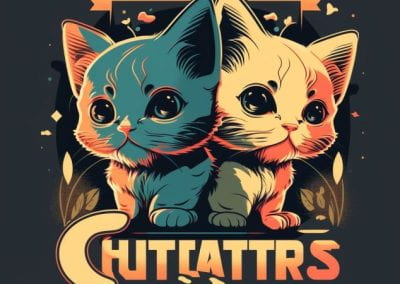
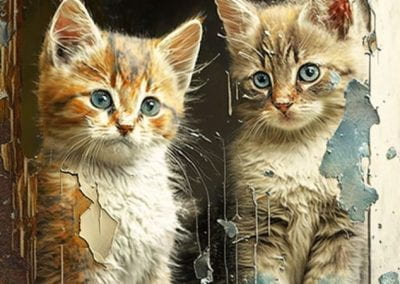
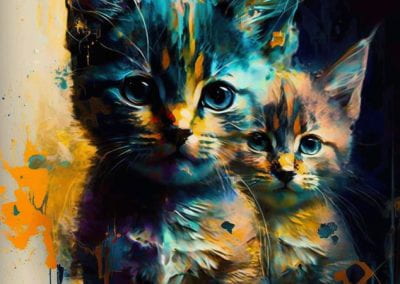

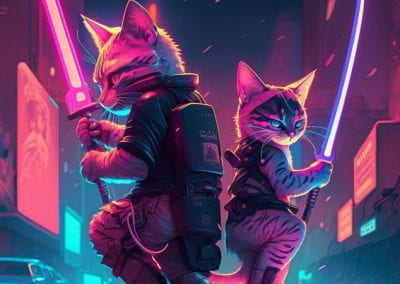
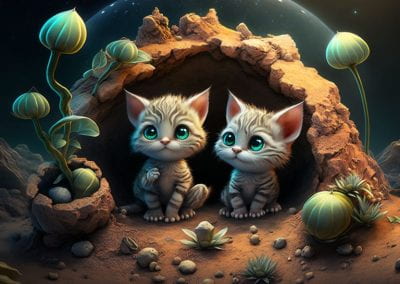

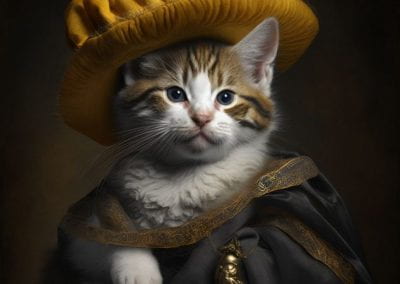
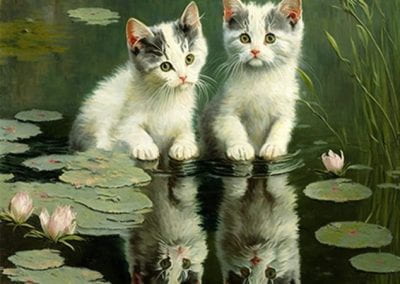
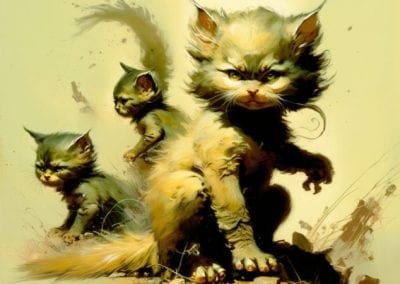

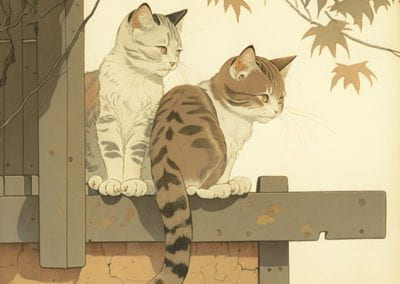
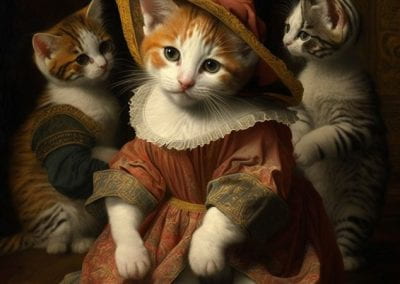
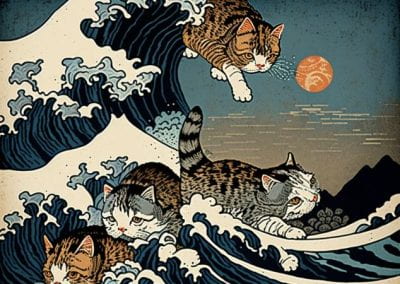
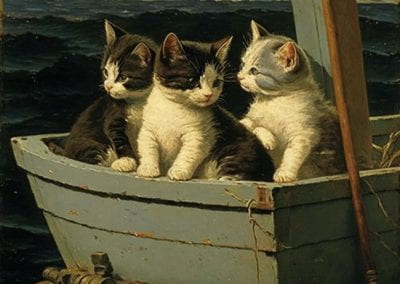
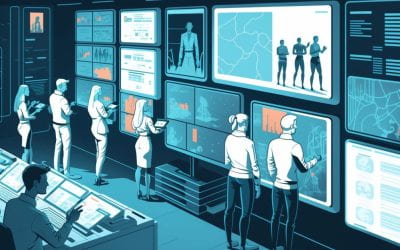


0 Comments